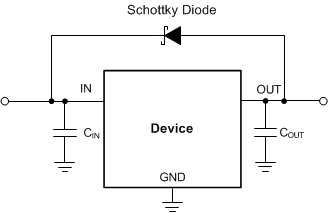We are using this regulator to step down our input voltage(9-16VDC). Output current is less than 100mA the majority of the time. The current kicks up to 300mA with communications operating.
The problem we are running into is that the regulator loses regulation. The output is typically at OR around 3V when damaged.
The only thing we can find is that we sometimes have a voltage dip from 13.5VDC to 5VDC for 100uS after the initial power up.
We have not able to measure an overvoltage to the input of the regulator. The FB pins appears to be undamaged because the clamping diodes still measure from ground to the pin the same as a good chip.
If we replace the regulator, this is the only failed component in the assembly.
Please let me know what your thoughts are as some tests we can perform or other items to look for.
Thank you
Matt


